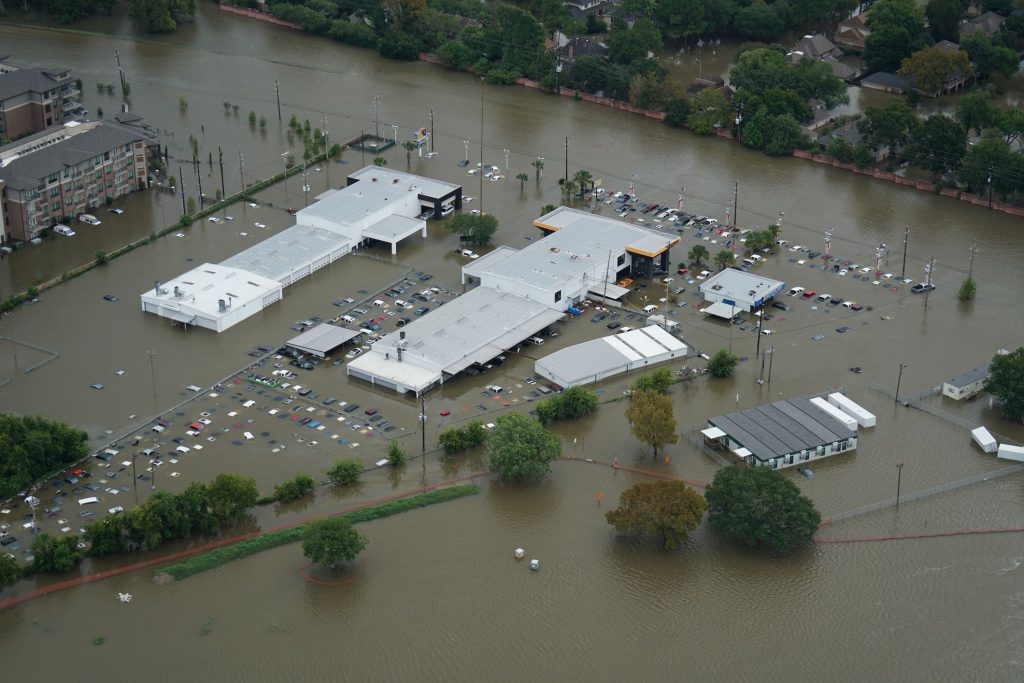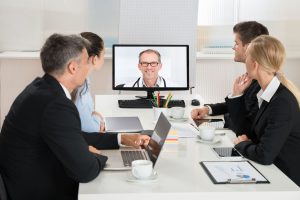As recent events have shown, natural disasters lead to the sort of extended periods of chaos that can put a lot of strain on everyone, including healthcare professionals.
The recent historic flooding in Houston offers a great example. Tens of thousands of people ended up displaced over many days of flooding. Some found themselves far from home in shelters that opened around Houston and as far away as Dallas and San Antonio.
While the bulk of media coverage was dedicated to exciting rescues in these situations, innovative technology in healthcare also played an important role in recovery efforts and addressing the health needs of those affected. In the days following Harvey, the use of health information exchanges (HIE), a network of linked systems that allows for the sharing of patient information, have played a vital role in maintaining the health and well-being of many people affected by the disaster.
Communication is Key
Much of the work in preparing for disasters has changed since the tragedy at the New Orleans Medical Center in the aftermath of Hurricane Katrina in 2005, when 45 patients died after generators failed.
Communication, particularly in the area of electronic health records, has come a long way, allowing patients to be evacuated from potential disaster areas and have their records go with them and residents displaced during a disaster do not have to worry about providing medical records after having to rush from their home without vital medication and documents.
Healthcare workers in the past had to rely on what information they could get from physically and emotionally stressed family members and patients, but with a HIE essentially acting as a backup system for electronic healthcare records, functionality from one healthcare provider to the next is closer to seamless than ever before. A HIE safely stores records in case they are lost at the hospital or physician’s clinic where they are originally stored as well.
As part of disaster preparedness, hospital systems also have started to create connections between HIE systems that allow data to be shared across different platforms. These often are contained in a remote server and in locations not prone to natural disasters.
HIE offers a portal for medical professionals in member hospitals to access information and quickly obtain the latest patient records. Obviously, this provides a great benefit to medical staff and patients during times when a natural disaster has knocked “normal life” for a loop.
With each disaster medical professionals learn more about what they need. This allows for better preparation before a disaster happens.
Hurricane Harvey and HIE
Harvey’s devastation of the southeast Texas coast, including historic flooding in Houston, revealed how an information system can work during a disaster.
Health information exchange workers managed to set up quickly at the George R. Brown Convention Center in downtown Houston, where thousands were evacuated during the days of flooding that brought the entire Houston metro area to a halt.
They also set up in a number of shelters around Houston and worked to serve patients evacuated to San Antonio, Austin and Dallas – all cities which took in evacuees from Houston.
The HIE systems worked as a backup for electronic healthcare records at the area’s hospitals. If a hospital’s system went down during the storm, the HIE could still provide vital patient information to medical staff.
One measure that helped in this regard was the fact that the Greater Houston Healthconnect (GHHC) and Healthcare Access San Antonio (HASA) had created a HIE connection several years ago in anticipation of a disaster such as the hurricane.
The connection allowed for storage of and access to health records from a remote site, in this case Salt Lake City. Medical professionals could access information through a portal set up in Utah.
This effort to create information exchanges across Texas led to faster, reliable access to medical record during the disaster and in the ensuing days of rescue. This has allowed those rescued, for example, to get critical prescriptions filled no matter where they ended up.




